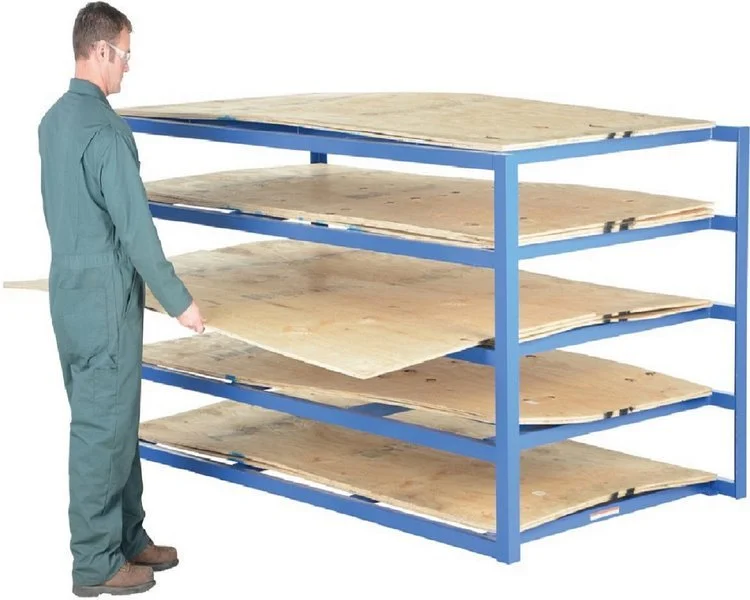Safety barriers are essential assets in maintaining a secure work setting across various businesses. Here's why they're critical:
1. Worker Protection: Safety barriers act as physical barriers, protecting workers from machinery, hazardous zones, or moving vehicles.
2. Accident Prevention: They help avoid accidents by visibly defining safe areas and hazardous zones, reducing the danger of falls, collisions, or equipment damage.
3. Asset Protection: Safety barriers protect valuable machinery, equipment, and infrastructure from unintentional damage caused by mishaps or collisions.
4. Regulatory Compliance: Many industries have specific regulations mandating the use of safety barriers to guarantee workplace safety and compliance with legal standards.
5. Enhanced Visibility: Brightly colored safety barriers increase visibility, warning both visitors and workers to possible dangers and guiding them away from dangerous zones.
6. Risk Reduction: By proactively employing safety barriers, businesses lessen the probability of workplace accidents and lessen associated liabilities and risks.
In summary, safety barriers are essential tools for promoting workplace safety, protecting people and assets, and guaranteeing regulatory compliance.































